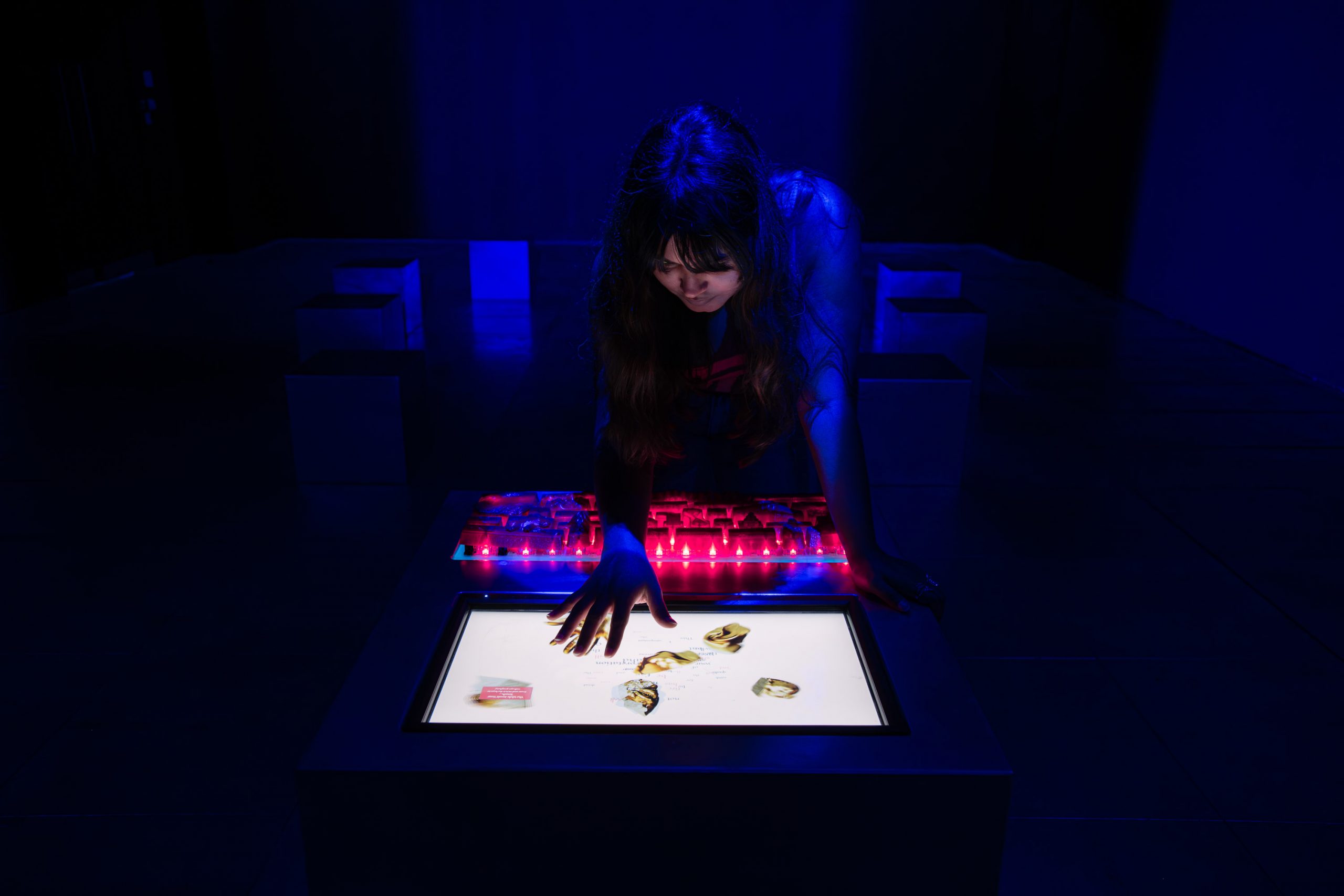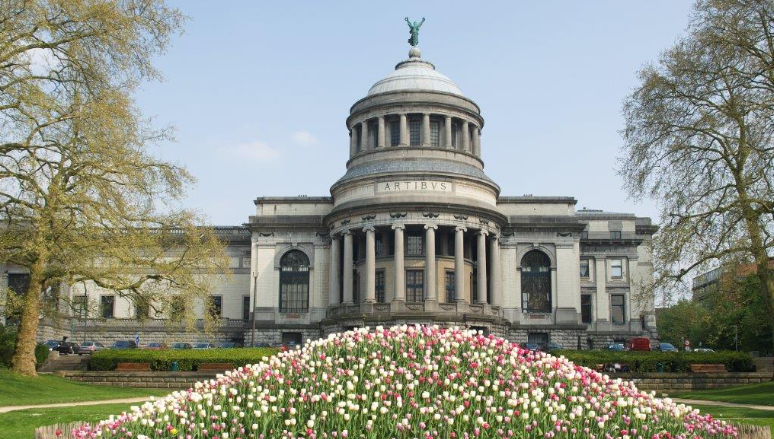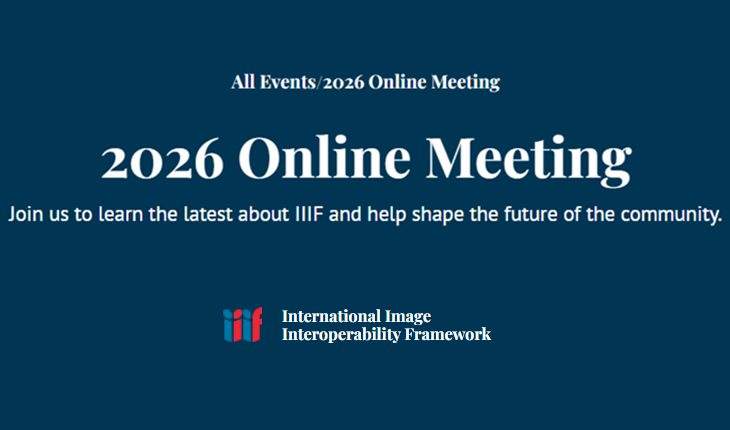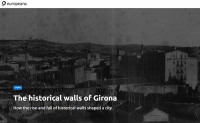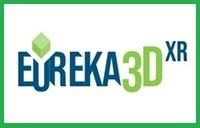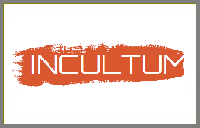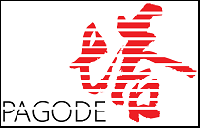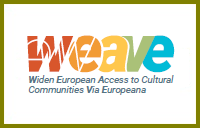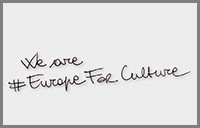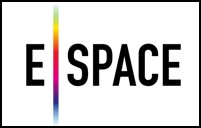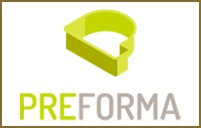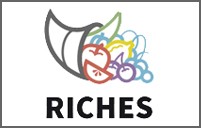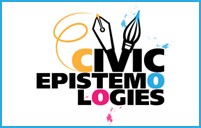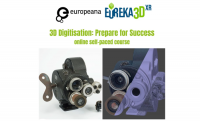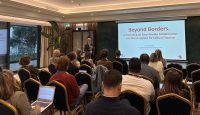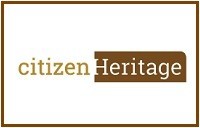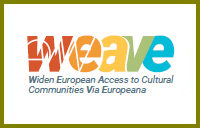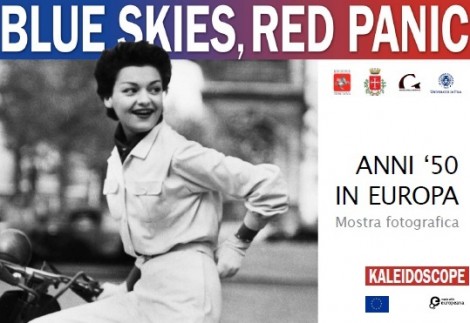
Photographic exhibition from the EU project “Fifties in Europe Kaleidoscope”.
6 – 20 September 2019
Vernissage on 6th September h. 17.30
Museo della Grafica, Palazzo Lanfranchi in Pisa.
Through the images from some of the most important European photographic archives, this exhibition showcases the era of the 1950s of a nascent Europe, balacing between east and west, freedom and repression, terror and euphoria. The Pisa display is the first of a series, as the exhibition is conceived to be travelling across Europe.
The exhibition in Pisa saw a collaboration with Museo Piaggio, Fondazione Pisa and Fondazione Palazzo Blu, enriching the BLUE SKIES, RED PANIC exhibition with an original Vespa from 1957 and a selection of images from the local exhibition Gli Anni ’50, Immagini di un decennio a Pisa which was displayed at Palazzo Blu in 2018.
BLUE SKIES, RED PANIC is created by the EU project Fifties in Europe Kaleidoscope, co-financed by the European Union in the CEF Connecting European Facility programme.
>>>>>
The 1950s in Europe were a decade of transition and (re-)construction, modernisation and change. This change was fundamental and reached all Europeans who longed for the normality of everyday life after decades of war with new designs, new consumer products, new media, music and fashion. Glamour, “sweet home” and prosperity: these are well-known stereotypes that characterize the myth of an iconic age.
But this is just one side of the coin. This era was shaped by contradictions: many in Europe still suffered from the consequences of the Second World War such as hunger, poverty, lack of housing and displacement. The formation of interstate relations, which on the one hand led to rapprochement and cooperation between formerly hostile nations, but on the other hand was determined by hegemonic foreign policy and domestic repression, strengthened the already existing division of Europe into East and West and intensified Cold War tensions to the brink of a nuclear conflict.
The narratives that emerge from the black-and-white images are far from rendering simplified pictures of the past. Quite the contrary, many different facets and nuances, differences and similarities become visible. With a kaleidoscope of visual impressions, the exhibition aims to evoke memories that are familiar to us or invite us to a completely new discovery. Looking back on the iconic era of the 1950s in Europe, the exhibition offers a photographic retrospective, without falling into mere nostalgia, and promotes a critical understanding of the creation of the European Union in which we live today.
More info:


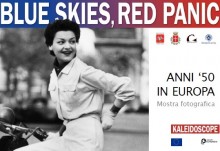



















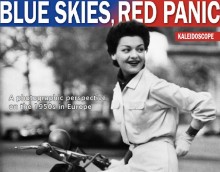
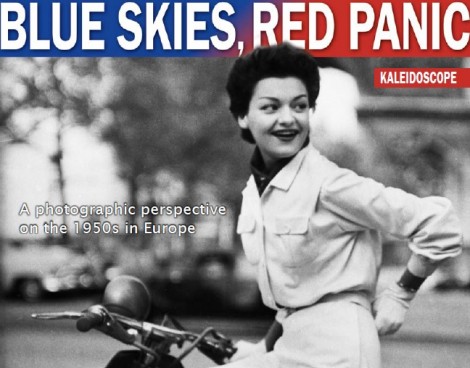 Much like scents, flavours and music, photographs are powerful triggers of memory. So what better medium to recall a past as recent and as visually recognizable as early postwar Europe…? For about a year, the consortium involved in the EU-funded project ‘Fifties in Europe Kaleidoscope’ has been diving into collections of libraries, archives and commercial agencies across Europe, to trace the tracks of the fifties in photography.
Much like scents, flavours and music, photographs are powerful triggers of memory. So what better medium to recall a past as recent and as visually recognizable as early postwar Europe…? For about a year, the consortium involved in the EU-funded project ‘Fifties in Europe Kaleidoscope’ has been diving into collections of libraries, archives and commercial agencies across Europe, to trace the tracks of the fifties in photography.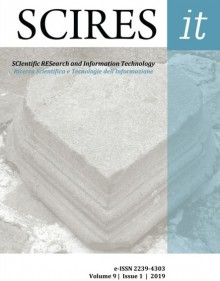
 The article, written by Prof. Neil Forbes and Prof. Silvana Colella (both from Coventry University, REACH project coordinator and leader of the sustainability and resilience Work Package) went on-line last Saturday, in the Special Edition of the SCIRES-IT Journal titled “European Year of Cultural Heritage 2018. A laboratory for heritage-based innovation”.
The article, written by Prof. Neil Forbes and Prof. Silvana Colella (both from Coventry University, REACH project coordinator and leader of the sustainability and resilience Work Package) went on-line last Saturday, in the Special Edition of the SCIRES-IT Journal titled “European Year of Cultural Heritage 2018. A laboratory for heritage-based innovation”.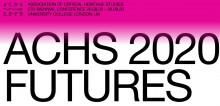




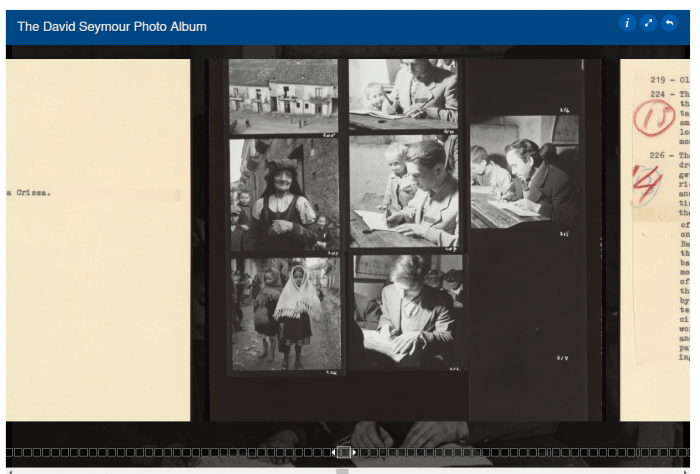


 Within the framework of this event will be the workshop “Smart Specialisation and the Heritage City”organized by the H2020 project
Within the framework of this event will be the workshop “Smart Specialisation and the Heritage City”organized by the H2020 project 
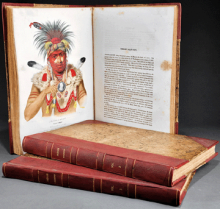
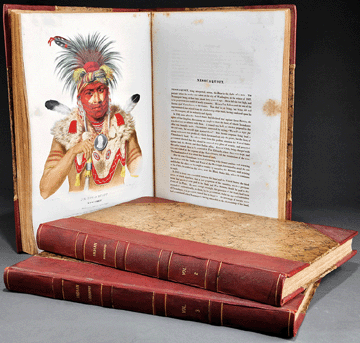







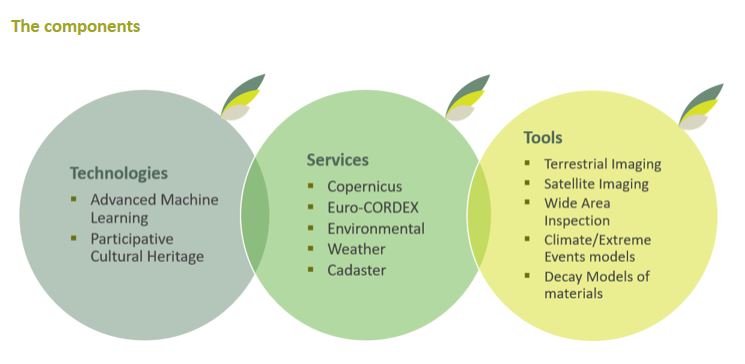 Currently there is no specific process for understanding and quantifying the effects of climate change on historical areas; Hyperion aims to introduce a research framework for climate and atmospheric composition downscaling.
Currently there is no specific process for understanding and quantifying the effects of climate change on historical areas; Hyperion aims to introduce a research framework for climate and atmospheric composition downscaling.